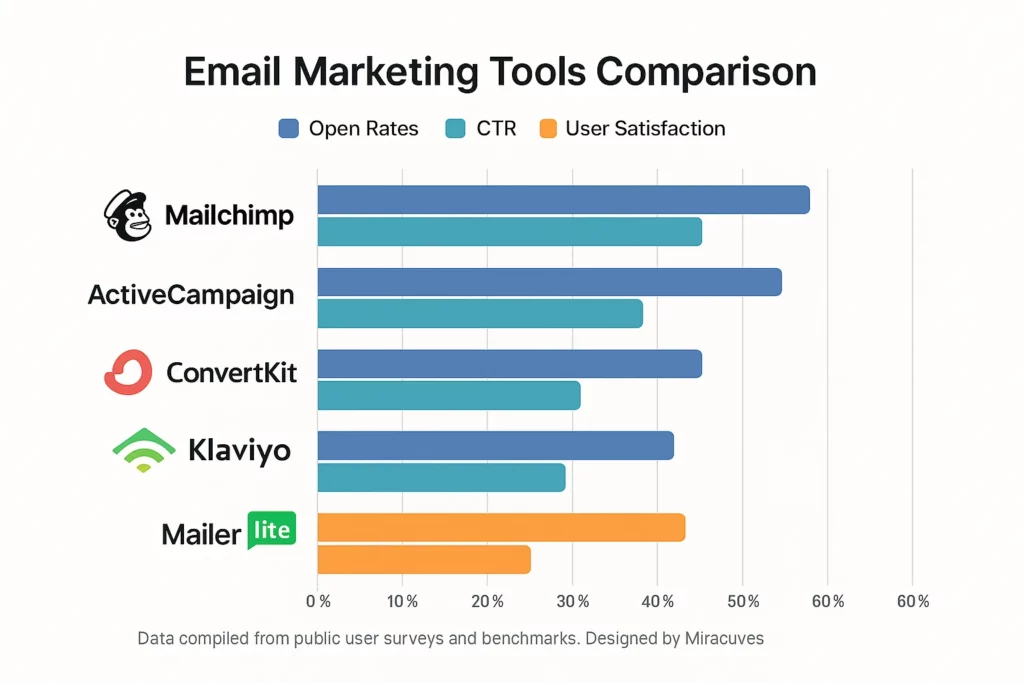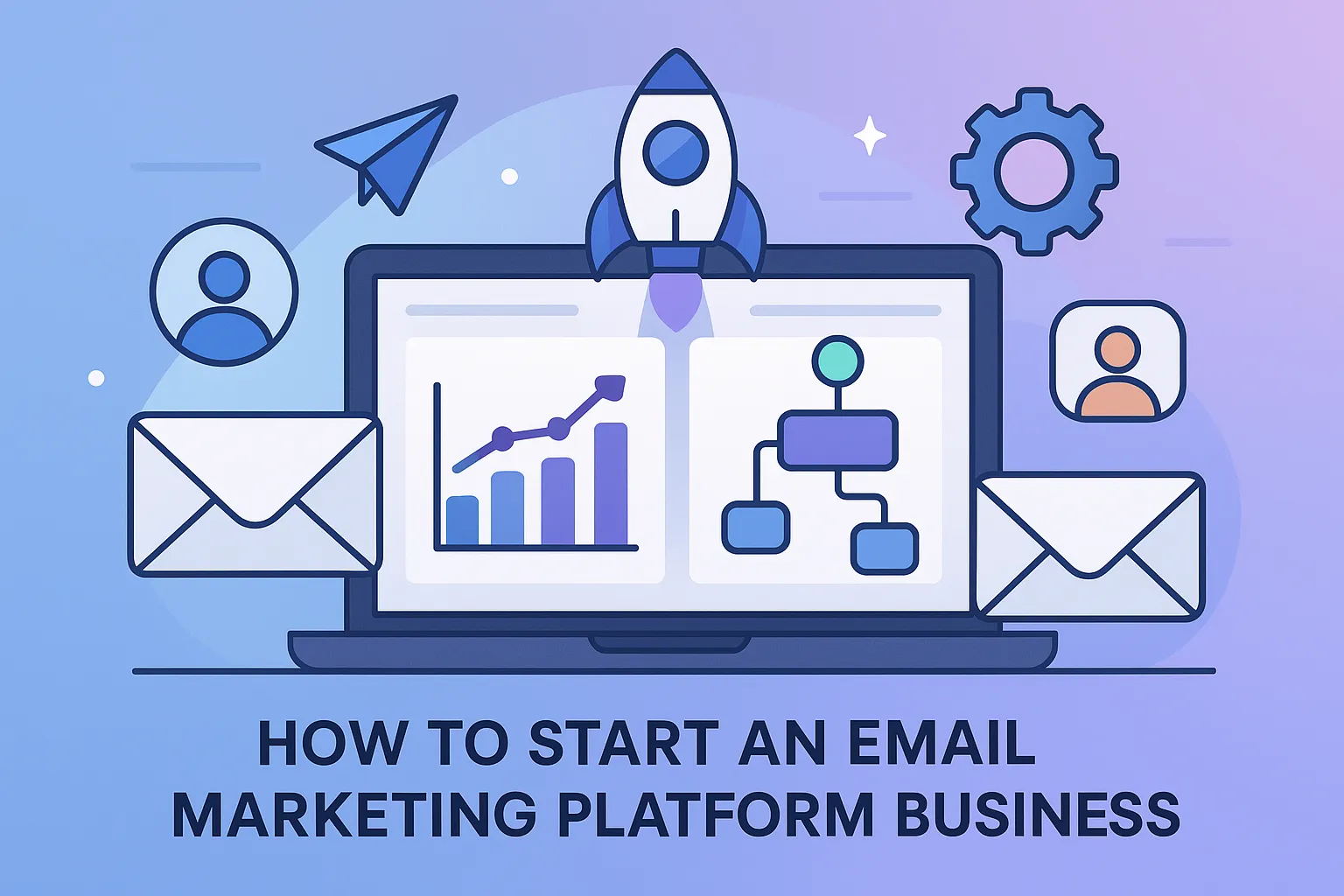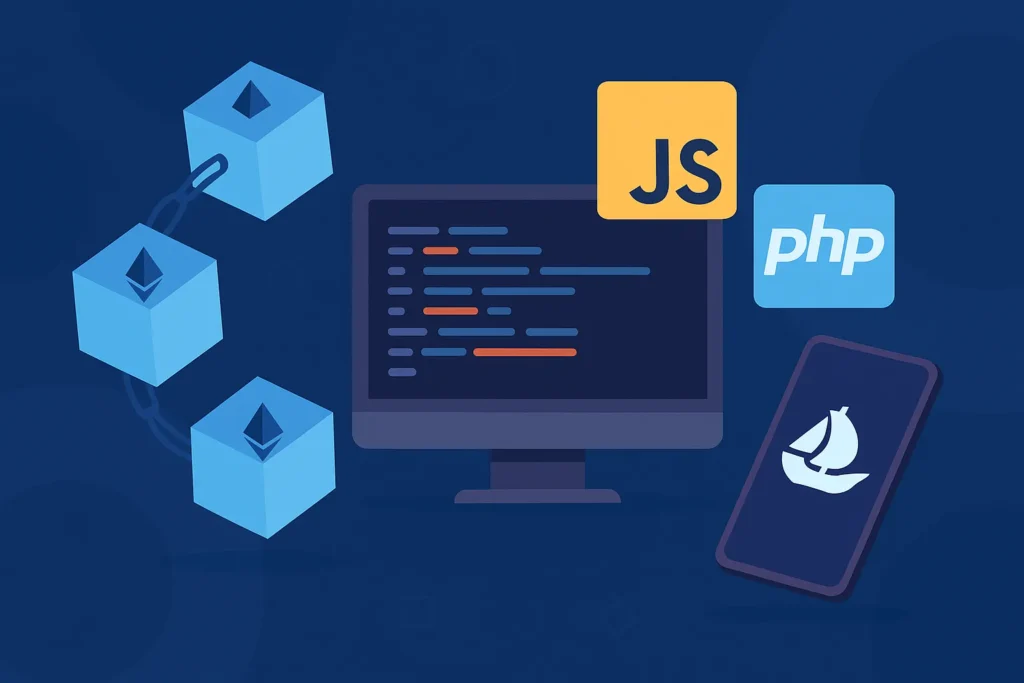You know that giddy excitement when a new subscriber pops up in your email list? Multiply that by a million, and you’ll get why entrepreneurs are rushing to build email marketing platforms of their own. With businesses—from Etsy shops to enterprise CRMs—relying on newsletters, automations, and drip campaigns to drive conversions, email isn’t going anywhere. It’s personal. It’s powerful. And best of all, it’s profitable.
I still remember my friend Arjun trying to build a niche newsletter tool for fitness coaches. The kicker? His MVP got 200 signups in the first week—without paid ads. Why? Because everyone, and we mean everyone, is looking for smarter ways to reach inboxes. If you’ve been toying with launching an email marketing platform, you’re not late. You’re right on time.
In this blog, we’ll walk through the business model, features, monetization strategies, and how you can carve your space in the land of Mailchimp and ActiveCampaign. And yep, if you’re dreaming of launching your own clone app, Miracuves has your back.
Why Email Marketing Still Dominates
Email may not be shiny like TikTok or Threads, but it’s a conversion powerhouse. According to Statista, over 4.3 billion people use email daily, and email marketing delivers a 4200% ROI on average.
Unlike social media, where algorithms decide your fate, email gives you direct access to your audience. That’s why SaaS tools like:
- Mailchimp (great for beginners)
- Klaviyo (ecommerce-focused)
- ActiveCampaign (automation-heavy)
- ConvertKit (ideal for creators)
- Moosend (budget-friendly)
- MailerLite (clean UI, solid basics)
…are thriving. But even with these giants, there’s still room. Why? Because users want customized, lean, niche-focused platforms. They want automation without the bloat, pricing without the pain, and support that actually responds.

The Core Features You’ll Need
To launch an email marketing platform, you’ll need more than just a send button. Here’s what users expect:
1. Drag & Drop Email Builder
No-code is life. Visual email builders are non-negotiable. Add blocks, images, CTAs, and voila!
2. Contact Segmentation
Personalization drives engagement. Smart tagging, dynamic lists, and segmentation filters are essential.
3. Automation Workflows
Think: “If a user opens Email A but not B, send C after 3 days.” Welcome series, abandoned cart flows, re-engagement triggers—the works.
4. Templates & A/B Testing
Pre-designed templates plus the ability to test subject lines, layouts, and timings.
5. Analytics Dashboard
Open rates, click rates, bounce rates, and conversion stats—all in one place.
6. API Integrations
CRM? Shopify? Zapier? Your users will want native or third-party integrations.
How Do Email Marketing Platforms Make Money?
Let’s break it down. SaaS models for email platforms usually use a tiered subscription system based on:
- Number of contacts
- Emails sent per month
- Access to premium features (like advanced automations or priority support)
You can also upsell:
- Dedicated IPs for better deliverability
- White-labeling for agencies
- SMS marketing add-ons
Pro tip? Offer a freemium model to hook users, then charge for scale.
Niche Is the New Big
Trying to build the next Mailchimp? Don’t. Instead, go niche. Think of:
- Email marketing for podcasters with audio embeds and subscription tracking.
- Tools for real estate agents with property template galleries.
- Platforms for online coaches offering webinar reminders + calendar sync.
Micro-audiences = macro-opportunities.
But Wait—What About Deliverability?
You could have the most aesthetic emails on Earth, but if they end up in spam? Game over. Focus on:
- SPF, DKIM, DMARC authentication setups
- Smart throttling to protect IP reputation
- Built-in spam score analysis before sending
This is where your tech stack matters. And this is exactly where Miracuves helps founders skip the code maze and launch robust clone apps that are deliverability-optimized from day one.
Tech Stack Choices & Challenges
To start your platform, you can either:
- Build from scratch (expensive, time-heavy)
- Use open-source frameworks (requires dev skills)
- Use a clone app solution to go live faster with essential features
Backend: Node.js, Laravel or Django
Frontend: React or Vue.js
Database: PostgreSQL or MongoDB
Extras: Redis for queueing, AWS SES for email delivery, S3 for file storage
But building is only 10%—you’ll spend the rest debugging user flows, authentication, deliverability issues, and dashboard UX. That’s why smart founders choose ready-to-go clones from Miracuves.
Conclusion: Build the Platform You’d Want to Use
There’s no shortage of email marketing tools. But there’s always a shortage of tools that actually work the way users want. If you’re thinking about building your own platform, do it with clarity, niche focus, and a user-first mindset.
With low entry barriers, high scalability, and long-term recurring revenue, this might just be your smartest SaaS move yet. And if you’re ready to shortcut the technical chaos? We don’t just build apps—we launch visions. Whether you’re eyeing the next big SaaS hit or a niche tool that disrupts inboxes, we equip you with ready-to-scale clone platforms tailored for success. Dream it? We’ll code it, refine it, and ship it. Let’s make it happen—together.
FAQs
Q1. What are the startup costs for launching an email marketing platform?
Startup costs can range from $5,000 to $50,000+ depending on whether you’re building from scratch, white-labeling, or using a clone app.
Q2. Can I make money with a free plan?
Yes, many platforms offer a free plan with limited contacts to attract users and upsell later.
Q3. Is building a Mailchimp clone legal?
Yes, as long as you’re not copying copyrighted code or UI. Clone = feature set, not a rip-off.
Q4. How do I keep emails out of spam?
Use email authentication protocols (SPF, DKIM, DMARC), a clean IP, and monitor engagement metrics.
Q5. What tech stack should I use?
A popular combo is: Node.js backend, React frontend, PostgreSQL database, AWS SES for sending emails.
Q6. How long does it take to launch?
Using a clone app solution, you can launch in 2–4 weeks. From scratch, it may take 6–12 months.







